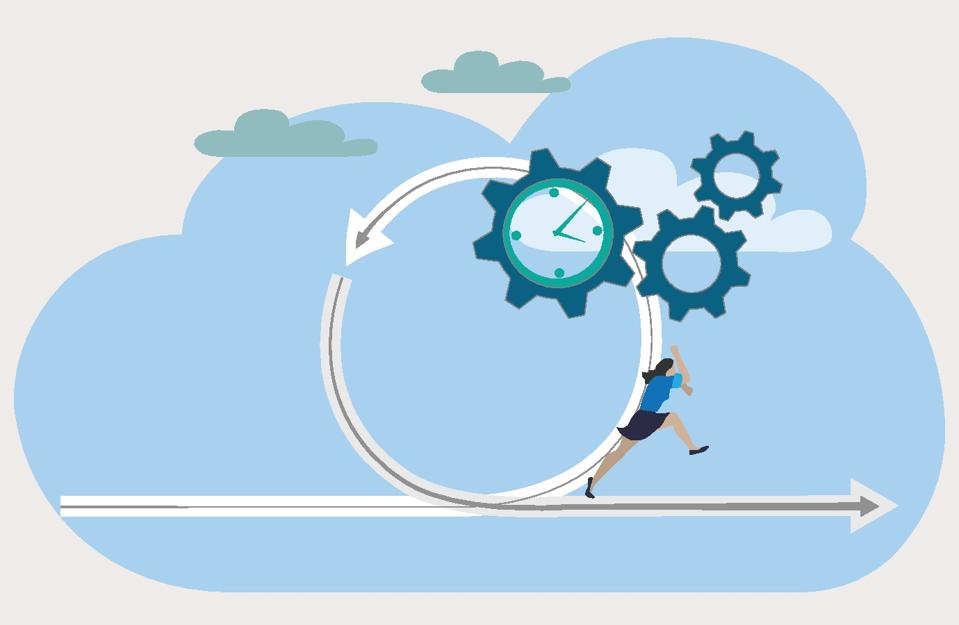It is one of the most common complaints in today’s workplace: everything feels important, and there is never enough time. According to Asana’s Anatomy of Work report, “74% of workers say they feel under pressure to be productive rather than strategic.” This challenge is especially prevalent in fast-paced environments, where the pressure to do more often overshadows the ability to choose well. When employees have poor prioritization, they become stressed and burned out. They miss goals and lose strategic focus. And when leaders and teams are constantly reacting instead of thinking, innovation suffers. So how can professionals improve their ability to prioritize when the demands never seem to slow down? Leading experts weigh in with better ways to navigate the urgency trap and master prioritization at work.
Why Prioritization At Work Is Harder Than It Sounds
People often assume prioritization is simply about discipline or time-blocking. But at its core, prioritization is a decision-making skill. It requires judgment, perspective, and a clear understanding of what matters most, not just for the task at hand, but for the bigger picture.
Michael Bungay Stanier, author of The Coaching Habit, told me that too often, leaders confuse activity with progress. “We spend our time doing good work and miss the opportunity to do great work,” he explained. The challenge is not that people do not want to prioritize. It is that they are not asking the right questions about what truly deserves their attention.
How Leaders Can Create Clarity Around Prioritization At Work
One of the biggest barriers to effective prioritization is ambiguity. When goals are unclear, everything feels equally important. This puts unnecessary strain on employees, who are left guessing what should take precedence.
David Burkus, organizational psychologist and author of Leading From Anywhere, shared with me that one of the best things a leader can do is over-communicate what success looks like. “People need more than a to-do list. They need a to-decide list,” he said. That clarity enables team members to evaluate trade-offs with confidence and align their energy with the right outcomes.
When organizations establish shared priorities and regularly revisit them, they make it easier for individuals to distinguish between urgent requests and meaningful work. It also encourages better delegation, collaboration, and use of time.
Why Emotion Impacts Prioritization At Work More Than You Think
Even with clear goals, prioritization can be difficult when emotions are involved. People often say yes to tasks because they want to be helpful, avoid conflict, or prove their value. But saying yes without intention leads to an overloaded calendar and underwhelming results.
Laura Huang, Harvard professor and author of Edge, shared with me how professionals can manage perception and use emotional intelligence to navigate prioritization pressures. “You do not always control how much comes your way, but you can shape how others see your value,” she said. This insight is especially useful for employees who feel obligated to take on everything to maintain their reputation. Prioritization is about doing what matters more.
Prioritization At Work Habits: How To Break The Cycle Of Constant Urgency
Many workplaces operate in a constant state of urgency. But not everything that feels urgent is important. Leaders who do not distinguish between the two create cultures of busyness instead of impact.
To shift this, teams need to normalize asking questions before committing to work. What is the cost of not doing this now? What are we saying no to by saying yes to this? Are we solving the right problem?
These questions might seem like they delay progress, but in reality, they accelerate alignment. And when used consistently, they help teams break the reactive cycle and focus on what truly moves the needle.
What Happens When Employees Learn Smarter Prioritization At Work
When prioritization improves, everything else improves. Meetings get shorter. Results become clearer. People stop feeling like they are constantly behind and start gaining traction. And perhaps most importantly, trust grows.
Employees who feel empowered to prioritize are more likely to speak up, ask for clarification, and focus their energy where it counts. They stop saying yes out of fear and start choosing their time with intention.
Michael Bungay Stanier emphasized this during our interview. “Curiosity is the first step to prioritization. When people pause to ask ‘Why this?’ instead of just saying ‘What next?’ they get closer to meaningful work.”
Prioritization At Work Is A Skill Worth Building
In today’s work environment, there will always be more to do than time allows. But leaders who treat prioritization at work as a teachable skill, not just a personal habit, set their teams up for greater success. And it starts with clarity, continues with courageous conversations, and ends with the confidence to focus on what matters most. If everything feels urgent, nothing truly is. The most effective professionals are not the ones who do it all. They are the ones who choose well.

